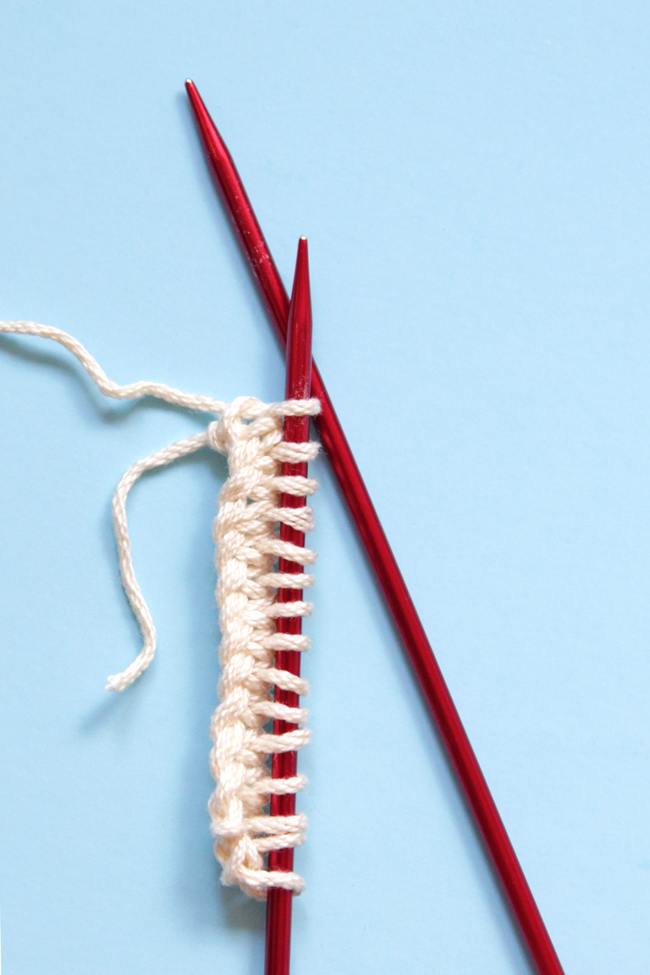
It’s a new year, so let’s start things off right! Throughout the month, we’ll be focusing on a ton of different ways to cast on (a.k.a. start) a knitting project. Last weekend I taught a really fun Cast On Clinic at one of my local yarn shops, and researching different cast ons and prepping for that workshop got me all geeked to share some of my favorite cast on tips with you all. :)
First up, we’re tackling the Knitted Cast On and the Cable Cast On. Before we get into the cast ons, we’ve got to take a quick look at the mechanics of making slip knots, the foundation for both of these beginner-friendly cast ons. There are other knitting cast ons that incorporate slip knots in their construction, but the cable and knitted cast ons are an ideal place to start because they’re so similar.
A note for newbies: If you’re a brand new knitter, or it’s been a minute since you’ve picked up a pair of needles, you should check out the Knitting 101 section of this website.
How to Make a Slip Knot
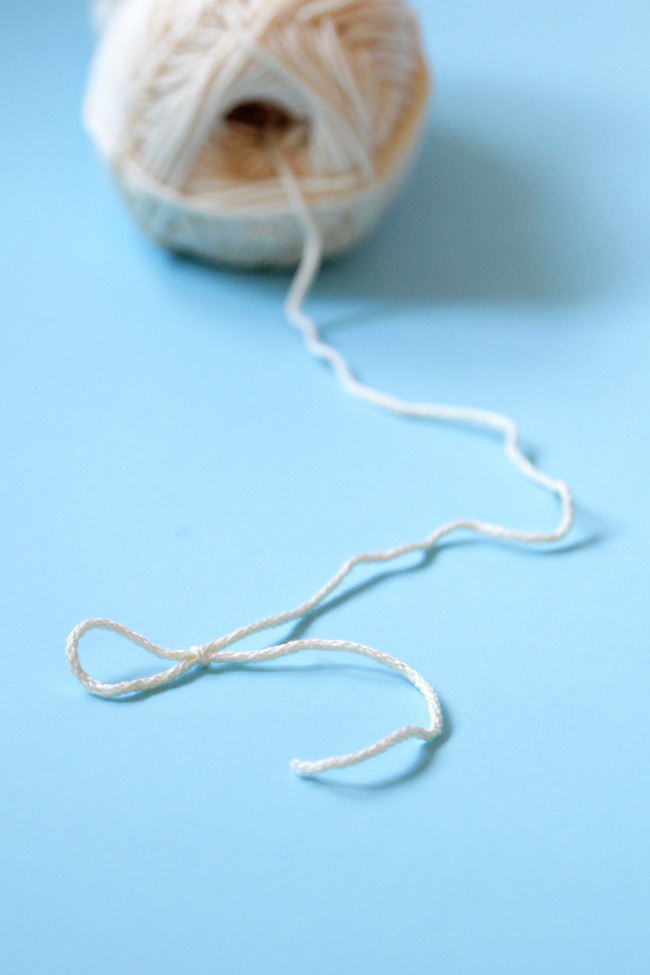
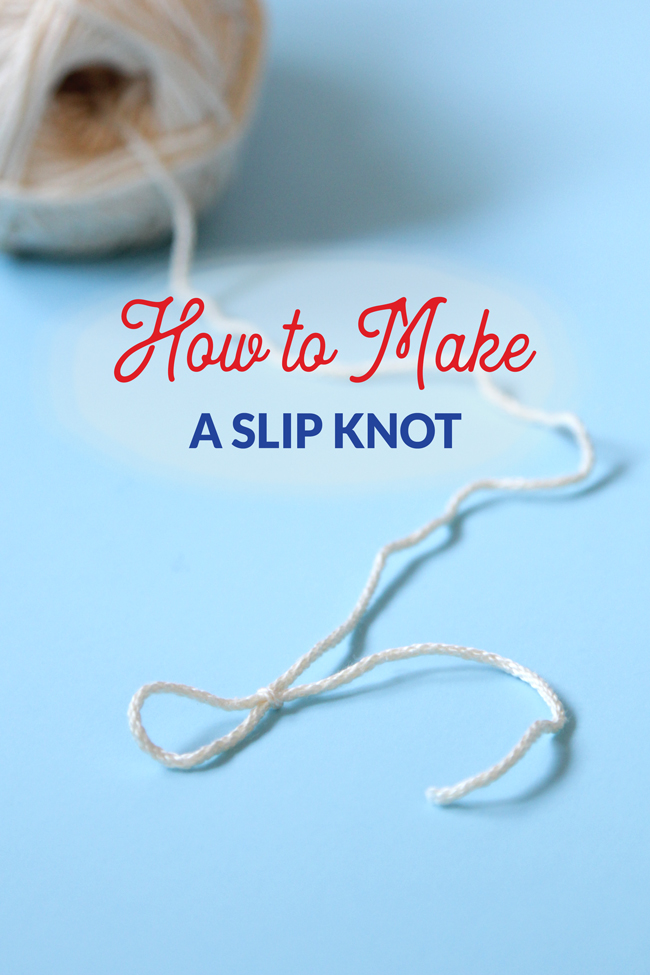
How to Work a Knitted Cast On
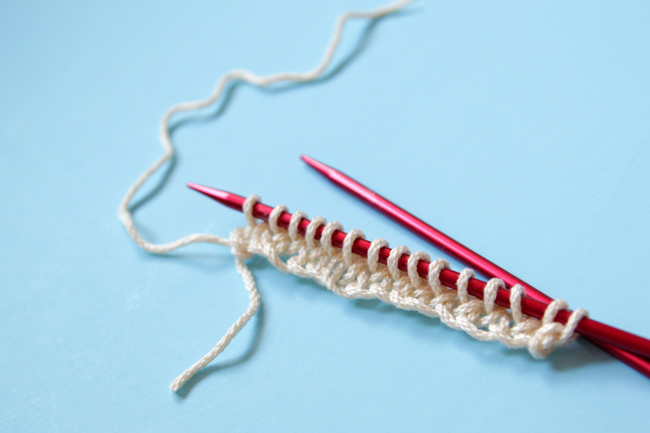
Some notes on Knitted Cast Ons for non-newbies: This is a pretty subtle looking & fairly stretchy cast on that allows you to easily add additional stitches anywhere in your knitting. If you’ve got a million zillion stitches to cast on with, a Knitted Cast On is a great way to avoid having to mess with estimating a long tail and you can get to knitting sooner!
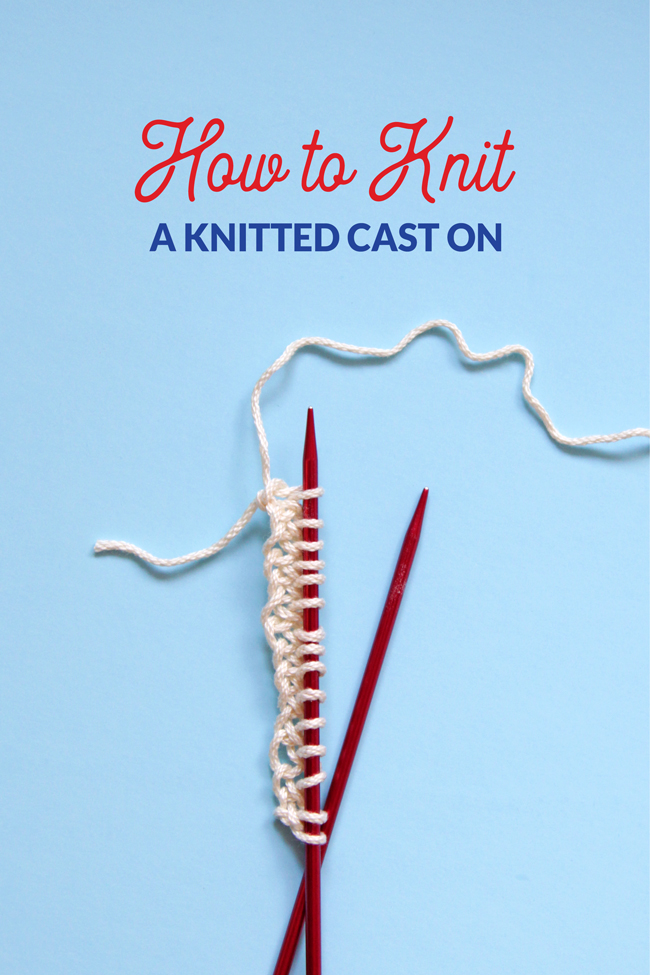
How to Work a Cable Cast On
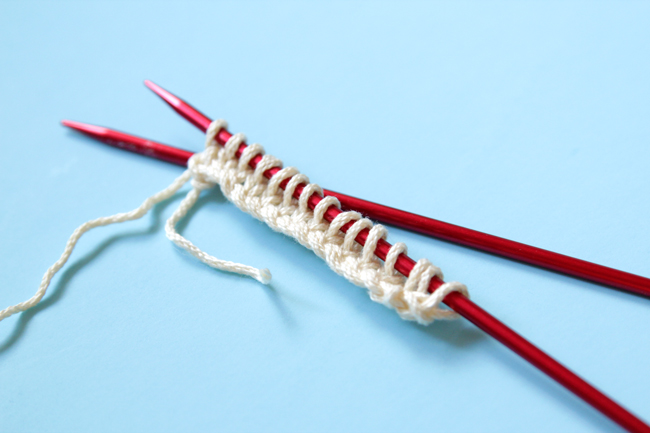
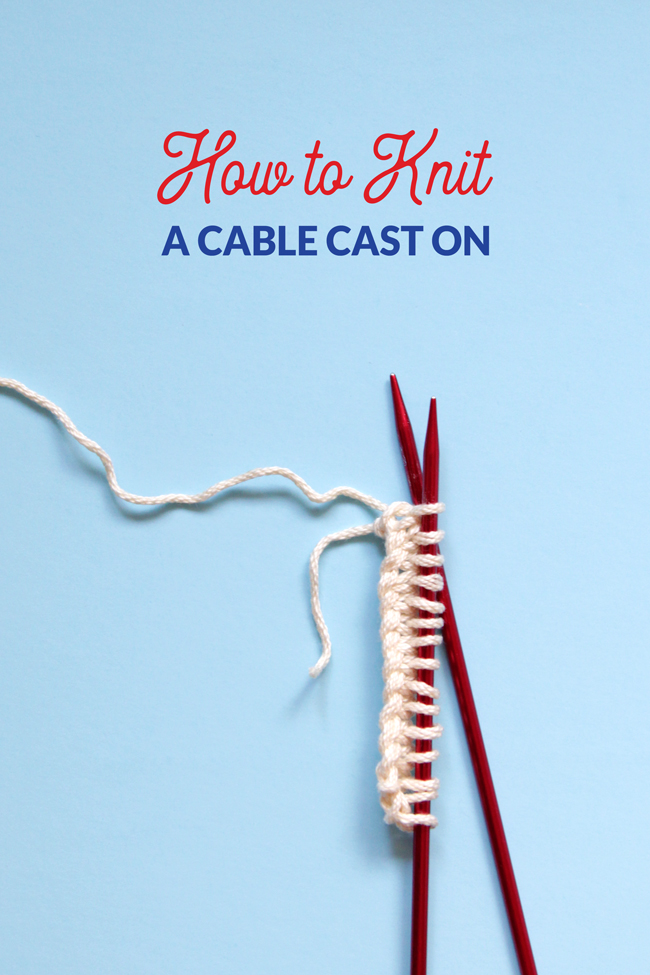
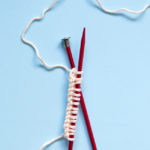
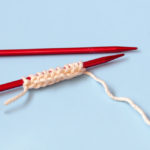
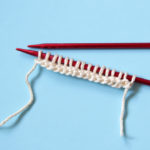
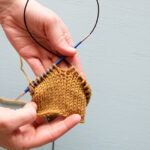


 & shop new patterns
& shop new patterns 





Hi,
If you are right hand knitting, why do you hold the work and the yarn on the left? i was taught to hold the work on the let and the yarn on the right.
I feel like i have to relearn it all again. it is hard for me to maintain tension with the yarn on the left as im right handed. thanks!
I’m also right handed. The technique I use is called Continental Style knitting, and it’s a method of tensioning your working yarn in your non-dominant hand. It’s believed to be a faster technique. :)